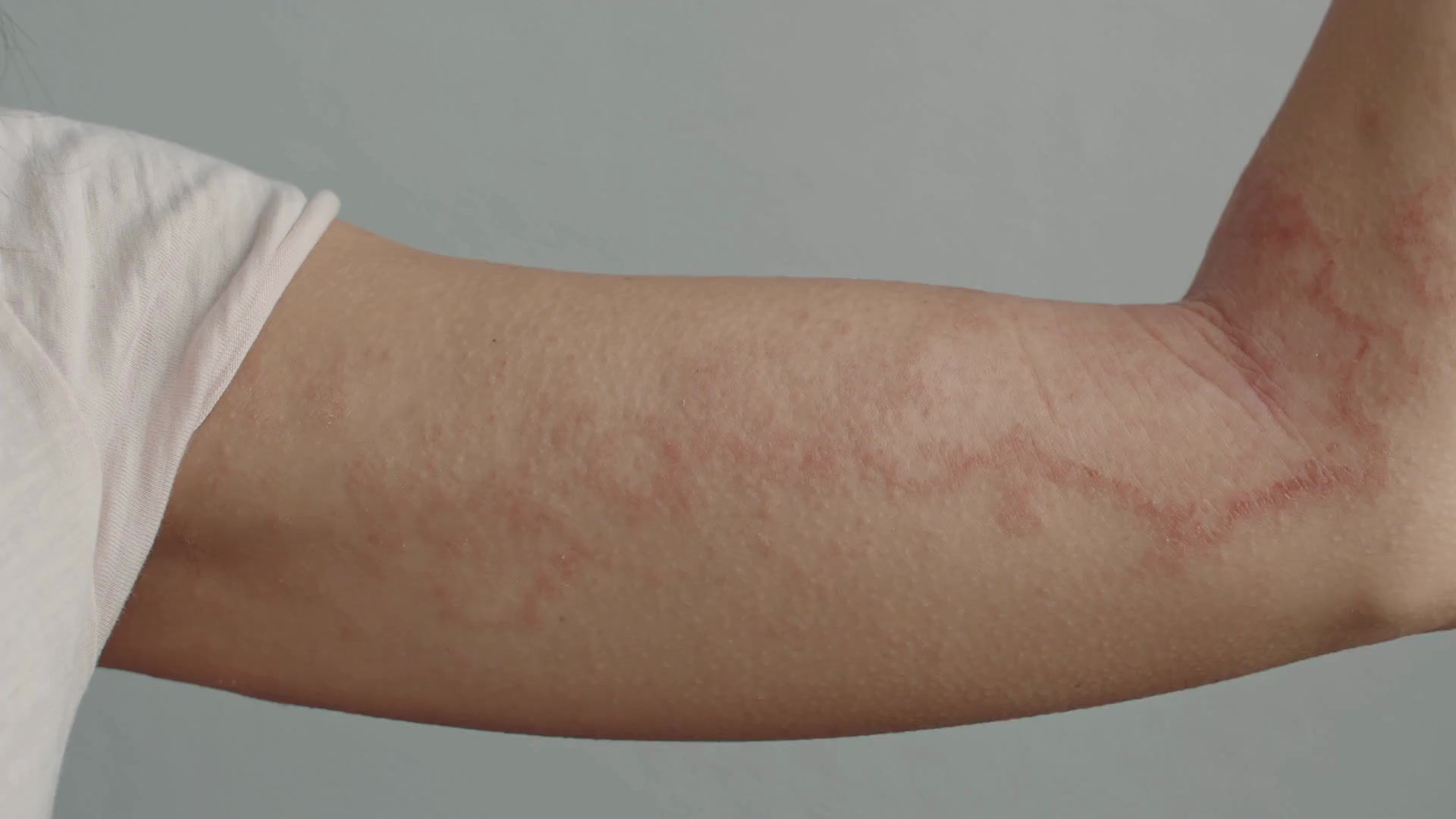
RECHARGE
Health & Wellness
body recharging station
psoriasis therapy

psoriasis OVERVIEW
Psoriasis is a skin disease that causes itchy or sore patches of thick, red skin with silvery scales. You usually get the patches on your elbows, knees, scalp, back, face, palms and feet, but they can show up on other parts of your body. Some people who have psoriasis also get a form of arthritis called psoriatic arthritis. A problem with your immune system causes psoriasis. In a process called cell turnover, skin cells that grow deep in your skin.
THERAPY OVERVIEW
Psoriasis is an autoimmune inflammatory skin disease. In the past several decades, phototherapy has been widely used to treat stable psoriatic lesions, including trunk, scalp, arms and legs, and partial nail psoriasis. A variety of light/lasers with different mechanisms of action have been developed for psoriasis including ultraviolet B (UVB), psoralen ultraviolet A (PUVA), pulsed dye laser (PDL), photodynamic therapy (PDT), intense pulsed light (IPL), light-emitting diodes (LED), and so on. To date, UV light is primarily for stable plaque psoriasis and PDL for topical psoriatic lesions with small area, both of which are safe and effective. Although the trails of low-level light/laser therapy (LLLT) are still small, the near infrared (NIR) and visible red light with low energy show promise for treating psoriasis due to its strong penetration and encouraging photobiomodulation. IPL is rarely reported for psoriasis treatment, but PDT-IPL has been found to offer a moderate effect on nail psoriasis. In brief, various phototherapies have been used either in different combinations or as monotherapy. The modality has become a mainstay in the treatment of mild-to-moderate psoriasis without systemic adverse events in today’s clinical practice.
SCIENTIFIC BACKED RESULTS
Efficacy of blue light vs. red light in the treatment of psoriasis: A double‐blind, randomized comparative study
MM Kleinpenning, ME Otero… - Journal of the …, 2012 - Wiley Online Library
Microcurrent Technology: Latest Trend for Improving Patient Wellness
E Logan, G Ring - 2013 - dynamicchiropractic.com
A Systematic Review of Light Emitting Diode (LED) Phototherapy for Treatment of Psoriasis: An Emerging Therapeutic Modality.
D Ho, E Koo, A Mamalis, J Jagdeo - Journal of drugs in dermatology …, 2017 - europepmc.org
effectiveness
In 20 patients, two stable psoriatic plaques were treated with either blue or red light, three times weekly for four consecutive weeks. To remove scaling that could potentially interfere with penetration of the light into the skin, daily application of 10% salicylic acid in petrolatum was started at the screening visit and continued until the end of the study. Clinical improvement was seen after treatment with blue as well as after treatment with red light. With respect to scaling and induration. Improvement of erythema, however, continued in blue light irradiated plaques throughout the whole study period, whereas after red light no significant improvement was seen after six illuminations. The clinical improvement of psoriasis, with respect to erythema, in particular after blue light and to a lesser extent after red light indicates that visible light treatment represents a treatment option for psoriasis.
MM Kleinpenning, ME Otero… - Journal of the …, 2012 - Wiley Online Library
HOW OFTEN
How often should you repeat this therapy? The psoriasis therapy program at Recharge requires a once per week visit to the club for 90 minutes per session.
RESULTS
What are the results of this therapy? After approximately 4-7 weeks clients should see a noticeable improvement
Cost
How much does this service cost? The cost for this plan is $99 per month. There are no contracts or long term commitments. To get started you will need to purchase a Recharge Health Plan



